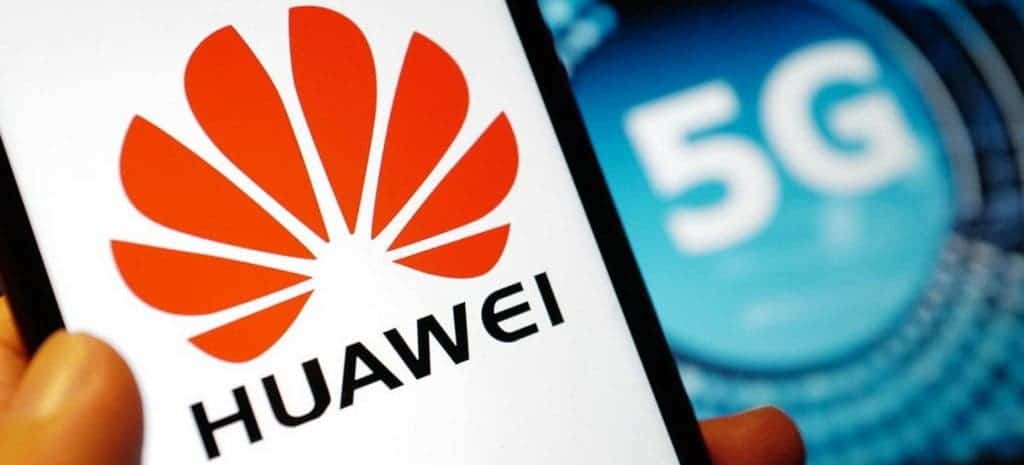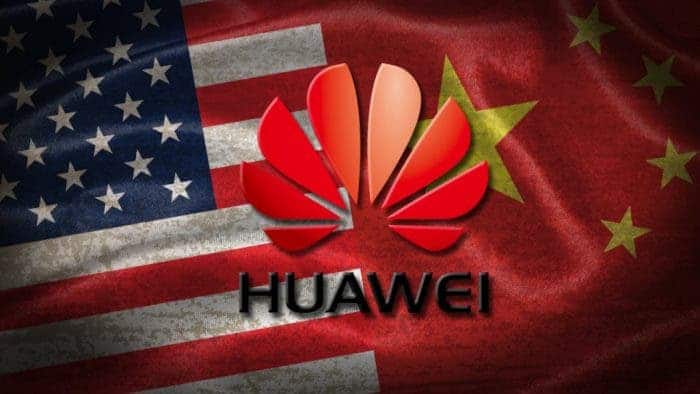The U.S. government is tightening its sanctions against Huawei and other Chinese technology companies. The U.S says these sanctions are due to “national security”. However, China believes that the U.S. does not want China to catch up or surpass the United States. Nevertheless, these sanctions have their side effects. Although most companies do not purchase equipment directly from Huawei or other Chinese suppliers, the sanctions are hurting chip suppliers worldwide. This will ultimately affect equipment pricing and innovation.

Linley Group President and Chief Analyst, Ge Wenna (Linley Gwennap) said the sanctions affect any company worldwide that uses US equipment to manufacture chips. Unfortunately, many companies use US equipment worldwide (maybe its time to start looking for alternatives). This prohibits these suppliers from directly supplying chips to Huawei. The company tried to circumvent previous sanctions on US chips by designing its own semiconductors. However, it outsourced the manufacturing of these designs to a foundry, TSMC. The new sanctions cut off this road and tightened the “noose”, and TSMC has agreed to comply with the sanctions.
Although Huawei has a huge stock of many key parts, once it exhausts the inventory, there is no choice. In terms of developing cutting-edge chip technologies, Chinese wafer foundries such as SMIC are at least 4 years behind TSMC. For example, TSMC’s 5nm technology can encapsulate four times as many microcircuits on a chip as SMIC’s best 14nm technology.
The U.S. ban on Huawei may take another dimension
The Global Times previously stated that a source close to the Chinese government disclosed that if the US finally implements the above plan, the Chinese side will forcefully counterattack and safeguard its legitimate rights and interests. Specific countermeasure options that may be used include the inclusion of U.S.-related companies in China’s “Unreliable Entities List” and restrictions or restrictions on U.S. companies such as Qualcomm, Cisco, and Apple in accordance with laws and regulations such as the Cybersecurity Review Measures and the Antitrust Law.
Due to a large number of manufacturing operations in China, most large US chip companies are vulnerable to such threats. In 2019, 28% of Intel’s total revenue came from Chinese customers, Nvidia accounted for 25%, Qualcomm (Qualcomm) accounted for 67%. US chip suppliers have already lost billions of dollars in the first round of sanctions. If China counters the new round of sanctions, it may lose tens of billions of dollars.
The worst-case scenario is the technical cold war, which separates the US and China supply chains. The new US proposal to subsidize domestic development is exacerbating this increasingly divergent situation. Companies in both countries will be hit hard because they will have to repeat R&D investment with a reduced income base. Restricting R&D will slow down the pace of technological innovation.
The situation may go global
This situation, coupled with the reduction in the number of competitors in each market, may push up the prices of chips and systems. Even if there is no complete division, the harmful combination of tariffs, sanctions and boycotts may still hinder companies in these two countries and even other countries, because other major suppliers in Europe, Japan, South Korea, and Taiwan will be forced to choose side stations.
A level playing field will help the two countries work together and develop low costs and rapid innovation. However, if the United States exerts excessive pressure, the division will make everyone’s situation worse.






A case study from CTGN? SCMP? Global Times? lol.. they are all china’s lackeys. propaganda machines. avoid fox, cnn and washingtonpost too.
Pls Avoid politics all together.
Hope one day will get rid of this warmongering country called USA.
Well I just hope China does exactly as wht US is doing.. ! the world has already gone blind – so its waste being patient.. go full on with this shit!